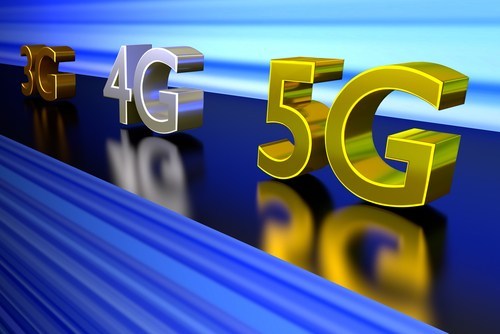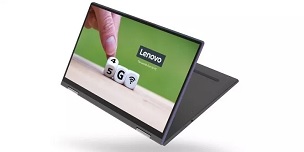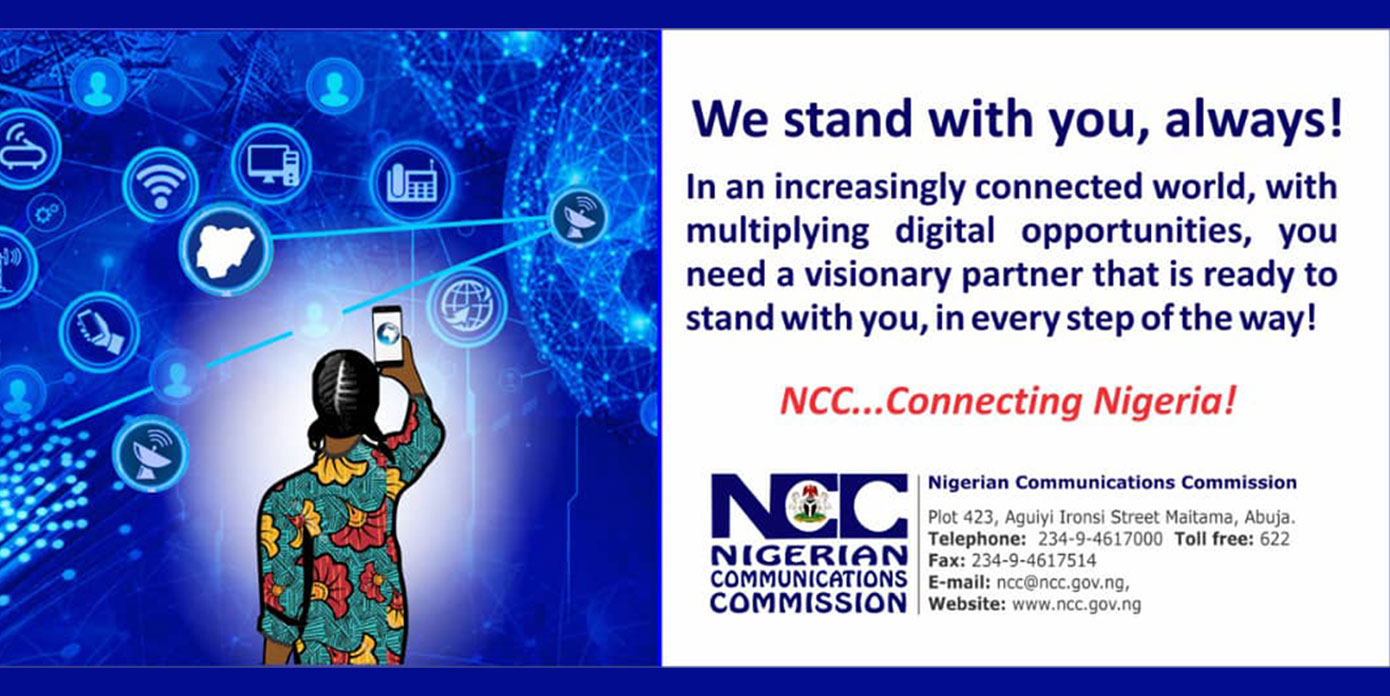The global airwaves and news platforms are not short of daily news on developments around 5G technology. Several countries, in Europe, Middles East, and Asia and in America, are at the forefront in queuing behind in the rush to adopt 5G technology to run their networks. Leading global network operators are in the rush for 5G licenses and network acquisitions.
System operators, among them, Huawei, Ericsson, Nokia are in bids to outdo one another in efforts to be market leaders in 5G development and sales. This competition has brought about several issues that the development has thrown up. eWorldNews captures some of the rave stories and highlights some of these developments as presented by global media. Some of the titbits presented here are views of Analysts who are watching the 5G swash.
US Operator, T-Mobile, AT&T, To Deploy Nationwide 5G By 2020
T-Mobile has made no secret of its 5G plans. The operator has said that it will deploy nationwide 5G services by 2020 using its 600MHz spectrum. If the operator is successful in its bid to merge with Sprint, it will augment that effort with Sprint’s 2.5GHz spectrum.
Its rival AT&T’s 5G said in January that it would offer nationwide mobile 5G services by “early” 2020 using “lower band spectrum (sub-6GHz).” Nationwide in AT&T’s case means covering 200 million POPs (points of presence, which are roughly equal to people). Then, in April, the operator’s CFO seemed to move those goalposts a bit when he said that “end of next year we will have over 200 million of our POPS covered on a 5G network.”
AT&T said it would use its “sub-6GHz that is its existing spectrum holdings, from 700MHz to 800MHz to WCS at 2.3GHz to achieve its goals.
Vodafone Slams Ofcom’s Dark Fiber Deal as 5G Looms
Vodafone has slammed the latest proposals from UK regulatory authority Ofcom to provide better access to BT’s Openreach network, raising the prospect of another drawn-out legal battle over broadband rules.
The UK operator said the proposals on “dark fiber” — which would give BT’s broadband rivals more control over Openreach’s existing fiber connections — did not go far enough.
“We support competition, but Ofcom’s proposals to grant access to dark fiber only on the fringes while loosening its price controls on BT Openreach will mean businesses and the public sector paying more to meet their connectivity needs,” said a Vodafone spokesperson in emailed comments. “Providing universal access to dark fiber now would give the UK the connectivity it needs, at a price everyone can afford.”
“Sadly, this is another opportunity Ofcom has missed to plug the full fiber hole in the UK,” he added.
The remarks came shortly after Ofcom said it would update other infrastructure rules so that any company could use Openreach’s ducts and poles to build fiber networks. Previously, only service providers focused on residential and small business customers were allowed access, and not those targeting the enterprise sector or laying fiber as “backhaul” support for mobile data connections.
Vodafone Grills Authorities for UK’s 5G Lag
Regulatory shortcomings could leave the UK trailing the rest of Europe on the rollout of 5G networks in a post-Brexit future, and also threaten Vodafone’s ability to compete against fixed-line incumbent BT, according to senior executives from the UK mobile operator.
The failure of regulatory authority Ofcom to make BT open its fiber network to rivals may put Vodafone UK at a big disadvantage to the former state-owned monopoly in the UK’s 5G market, said Helen Lamprell, Vodafone UK’s corporate affairs director, during a press briefing in London earlier today.
The situation is critical as both Vodafone and BT Group plc (NYSE: BT; London: BTA) prepare to launch their first commercial 5G services next year. BT CEO Gavin Patterson disclosed plans for a 2019 launch of 5G during a recent earnings update, while Vodafone today said its first urban deployments would probably happen next year. (See BT Kicks Off 5G Campaign With Plans for 2019 Launch.)
Vodafone offices in London, where the operator competes against former state-owned monopoly BT in the market for mobile voice and data services.
Operators of 5G networks will need fiber links to carry high-speed data traffic from their basestations to their core networks. Mobile service providers like Vodafone, which do not own the necessary infrastructure, may have to rent fixed-line capacity for these “backhaul” requirements. (See UK Backhaul Regulation Will Hinder 5G, Say Telcos and Europe’s Backhaul Black Hole Looms Above 5G.)
Europe’s Backhaul Black Hole Looms above 5G
Operators pumping up their mobile access networks through 5G investments could find themselves similarly powerless without correspondingly beefy backhaul. Yet the fiber networks that would provide the sturdiest solution are not readily available in some of Europe’s biggest markets.
This backhaul black hole has loomed darkly above Europe’s mobile markets for several years. In mid-2014, mobile giant Vodafone, armed with data from the Analysys Mason market research group, warned regulatory officials that European mobile consumers would start suffering in the next three to five years unless operators could access the fiber networks owned by the region’s incumbents at reasonable prices. Three years later, and as concern mounts, not much has changed in the major economies of the UK and Germany.

From 4-5G
The backhaul problem now threatens to plunge Europe’s mobile markets into crisis as operators begin preparing for the rollout of even higher-speed 5G networks. If mobile operators cannot obtain access to incumbents’ networks, they may have to fall back on sub-optimal technologies that impede their introduction of economically valuable 5G services. Building new fiber networks from scratch would add billions of dollars to the overall 5G budget.
Optical Anyhaul – Mobile Transport for the 5G Era
Networks are on the threshold of a generational transformation driven by the demands of 5G. These demands include significant improvements relating to coverage, connectivity, availability, speed, and latency.
For mobile operators, the move to 5G will offer opportunities to enhance revenue from traditional markets while developing revolutionary new services and applications. It will also allow them to continue to support existing services and leverage existing investments to the greatest extent possible.
5G will require new cloud RAN architectures that enable new levels of scale, efficiency, and flexibility. This application note discusses how optical networks are evolving to meet the challenges and opportunities presented by 5G. It addresses how mobile transport architectures will leverage wavelength-division multiplexing (WDM) and packet optical solutions to meet the capacity, latency, synchronization, QoS, and resiliency requirements of existing and future applications.
Sprint Launches 5G All Around Dallas
Sprint has officially launched Dallas as one of its first 5G markets. The carrier’s CTO John Saw and Ryan Sullivan, its head of product development, along with executives from Ericsson, spoke with media and analysts here at a press conference held at the Dallas Marriott Las Colinas hotel.
From today Sprint’s first two 5G devices — the LG V50 ThinQ 5G and the HTC 5G Hub — will be commercially available.
In addition to Dallas, Sprint’s other debut 5G markets this week will be Atlanta, Houston and Kansas City.
Following the 5G rollout in those first four cities, Sprint has said it will begin offering service in Chicago, Los Angeles, New York City, Phoenix and Washington, DC.
Sprint CTO Saw said this initial launch would cover nearly 600 square miles in the Dallas/Fort
Europe Leads On Mobile Experience As 5G Looms
Research by OpenSignal found 4G connectivity is becoming more ubiquitous globally, even in underdeveloped markets, while European countries lead the world in delivering a superior mobile experience overall.
The wireless mapping company’s study, which examined the status of mobile networks in 87 countries between January and March based on five key metrics, found average 4G availability across the markets was close to 80 per cent, while 15 markets scored more than 90 per cent.
Four European countries made the top ten for 4G availability (Sweden, Norway, the Netherlands and Hungary), while the US and India also made the cut.
However, while the US and India hit high rankings for 4G availability, both were “distinctly mid-table in all other key metrics”, noted OpenSignal.
Ericsson, Nokia Get 5G Call from SoftBank
Ericsson and Nokia are trumpeting their selection by Japan’s SoftBank as key vendors in the operator’s 5G rollout. Ericsson will supply SoftBank with radio access network (RAN) gear for mid- and high-frequency 5G bands, allowing the operator to launch 5G services on its newly granted 3.9-4.0GHz and 29.1-29.5GHz bands for 5G New Radio (NR), while also bolstering its existing LTE network. Nokia, meanwhile, will see its 5G AirScale radio platform being deployed across Japan, helping SoftBank deliver “5G-enhanced” mobile broadband.
In South Korea, 5G Set to Eclipse 4G’s Growth Rate
South Korea’s three main wireless network operators switched on commercial 5G networks roughly two months ago, and according to a wide range of reports there they are seeing promising signs. Specifically, 5G customers are consuming three times the amount of data as 4G customers, and the number of customers signing up for 5G is outpacing the number of customers who signed up for initial 4G networks in 2011.
While it’s unclear whether sales of 5G in one country will play out in the same way in other countries, the speedy progress of 5G in South Korea is likely welcome news to other European, Asian and American vendors and operators hoping to rekindle flagging growth with a new, faster wireless network technology.
To be clear, the conditions for 5G in South Korea will be difficult to replicate elsewhere. In terms of geography, the country is roughly 20% the size of California and enjoys one of the world’s most dense fiber networks for backhaul. Further, the country’s telecom regulator exerts a significant amount of control over how South Korean operators price 5G services and handsets, potentially creating a more cooperative rather than competitive market. And perhaps most importantly, according to financial analysis company Fitch Solutions Macro Research, South Korea’s three telcos have been coordinating the location of some of their 5G base stations, thus expanding coverage more quickly.
Vodafone UK Unveils 5G Plans
The first 5G ready handsets have landed in Vodafone stores and online. Customers can now pick up the Xiaomi Mi MIX 3 5G, which features a 24 megapixel and 2 megapixel dual camera system, 6.39-inch full screen display, plus an incredible 960 frames per second recording. Pricing will start from £50 per month.
The new 5G ready Samsung Galaxy S10 is a bigger, better and faster S-Series device, boasting a huge 6.7-inch Cinematic Infinity-O display, six cameras with 3D Depth Sensor, a long-lasting battery and super-fast 25W wired charging. Promotional pre-order pricing will start from £58.
The new 5G ready devices are similarly priced to high-end 4G smartphones. All 5G devices will come with 24 months warranty and there is no premium for the 5G service over 4G. Vodafone’s Red Entertainment plans are the perfect companion to a 5G ready device and give customers a choice of four entertainment partners – Spotify Premium, Sky Sports Mobile TV, Amazon Prime Video and a NOW TV Entertainment Pass. Customers will be able to stream and download content faster and more reliably than ever before thanks to Vodafone’s 5G network – even in busy or crowded areas.
5G Auction Ends with Bid Topping $2B In US
The Federal Communications Commission, the US regulatory body (FCC) has completed its second-ever high-band 5G auction, in the 24GHz band, pulling in over $2 billion in bids.
The auction raised 2,024,268,941 in bids, with 2904 of the 2909 licenses going to bidders. In contrast, the earlier 28GHz auction raised $703 million.
“American leadership in 5G means deploying more airwaves for the next generation of wireless connectivity,” FCC Chairman Ajit Pai said in a statement. “By making more spectrum available, we’ll ensure that American consumers reap the substantial benefits that 5G innovation will bring and we’ll extend US leadership in 5G.”
The FCC will name the winners of both the 24GHz and the 28GHz auction soon. It intends to start a third millimeter wave (mmWave) 5G auction on December 10, auctioning the upper 37GHz, 39GHz and 47GHz bands, making it the largest mmWave auction so far.

Lenovo, Qualcomm Take 5G to PCs
Lenovo and Qualcomm unveiled what they described as the first 5G computer powered by a Snapdragon processor, although it is not set to hit the market until 2020.
Debuted at Computex in Taiwan under the banner “Project Limitless”, Johnson Jia, SVP of the PC business group at Lenovo said: “With real 5G in a PC, it’s all about satisfying users’ need for speed: faster file transfers and streaming in 4K, 8K and even AR/VR; faster and higher quality video chats on-the-go; even faster screen refreshes for mobile gaming.”
Qualcomm has been touting its concept of always connected PCs for several years now, with a range of vendors having brought products to market supporting the technology. To date, these have used LTE networks for connectivity.
US President Hints at Huawei Lifeline
Donald Trump has opened the door to easing restrictions against Huawei, suggesting the company could be part of a wider trade deal between the US and China.
Addressing the issue at the White House, Trump insisted Huawei posed a national security risk and was “very dangerous”, but added that it was possible a deal with China could help Huawei’s situation.
“If we made a deal, I could imagine Huawei being possibly included in some form or some part of it,” Trump said.
Last week, the US government added Huawei to a list of businesses barred from buying components from companies in the country, which could have severe ramifications for the Chinese company.
Google and chip designer Arm are two of the major companies that have said they will suspend activities with Huawei.
Huawei maintains US fears it uses its equipment to spy for the Chinese government are unfounded, and the Chinese government has accused Trump’s administration of bullying the company.














